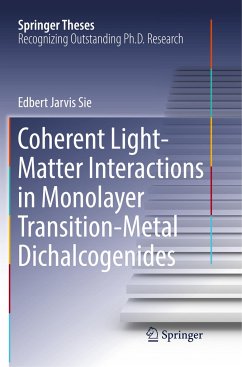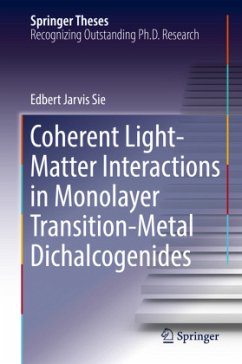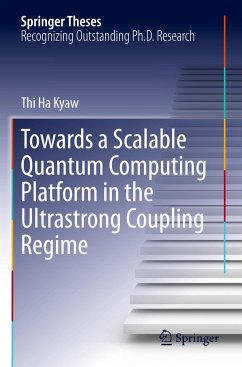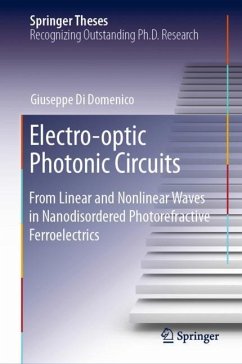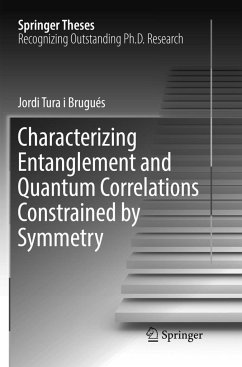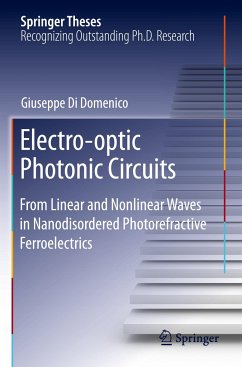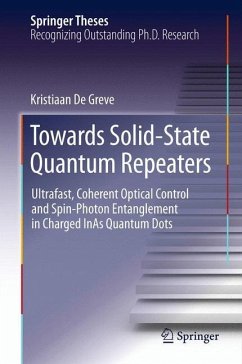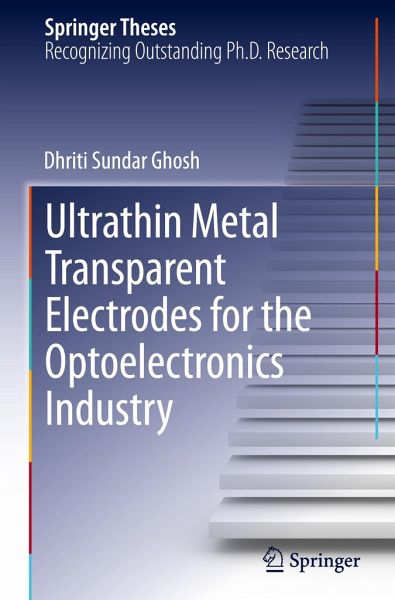
Ultrathin Metal Transparent Electrodes for the Optoelectronics Industry
Versandkostenfrei!
Versandfertig in 6-10 Tagen
76,99 €
inkl. MwSt.
Weitere Ausgaben:

PAYBACK Punkte
38 °P sammeln!
Transparent electrodes (TEs) are a class of materials that make it possible to bring electrical current or potentials in close proximity to optically active regions without significant loss of optical energy. However, it is a challenge to decouple the electrical and optical properties of a material, as the property of conductivity is strongly coupled to the imaginary part of the refractive index. An ideal TE has high transparency in combination with very low electrical resistivity. The main objective of the thesis was to develop TEs which can replace expensive, scarce and fragile Indium Tin Ox...
Transparent electrodes (TEs) are a class of materials that make it possible to bring electrical current or potentials in close proximity to optically active regions without significant loss of optical energy. However, it is a challenge to decouple the electrical and optical properties of a material, as the property of conductivity is strongly coupled to the imaginary part of the refractive index. An ideal TE has high transparency in combination with very low electrical resistivity. The main objective of the thesis was to develop TEs which can replace expensive, scarce and fragile Indium Tin Oxide (ITO), the most widely used TE material in the industry today. The thesis contains original work on ultrathin metal film (UTMF)-based TEs, which are essential elements in a wide range of optoelectronics, consumer electronics and energy devices. It presents new designs and fabrication methods and demonstrates the efficient use of UTMF-TEs in organic light emitting diodes and solar cells, achieving similar levels of efficiency to that of state-of-the-art ITO.




